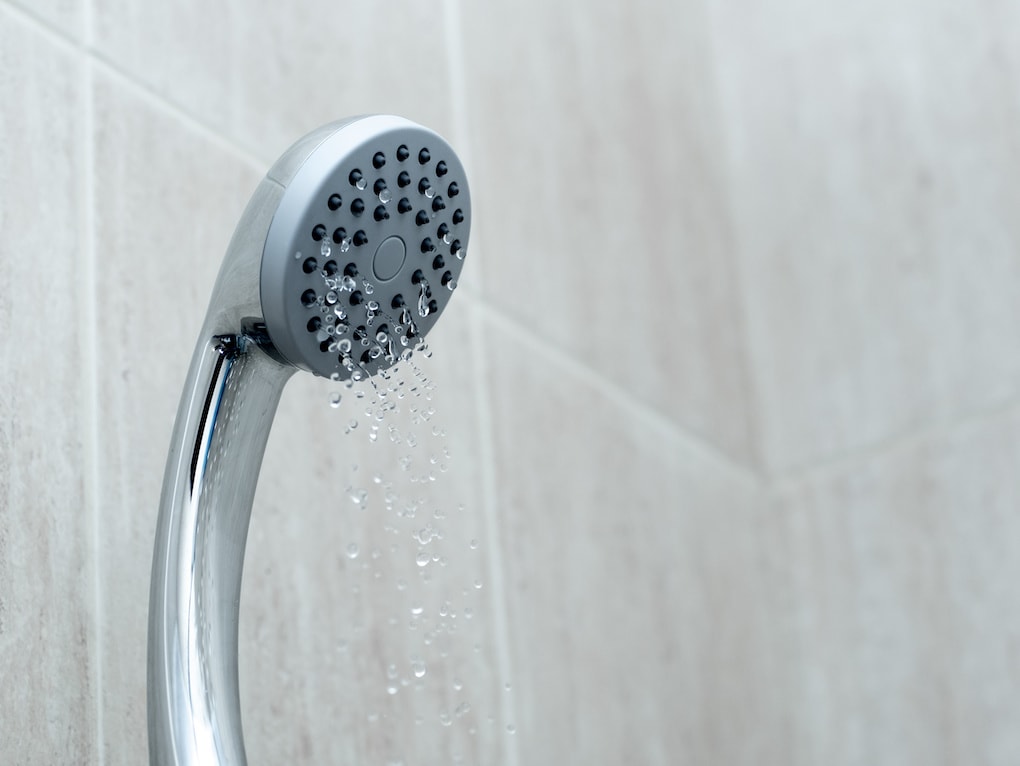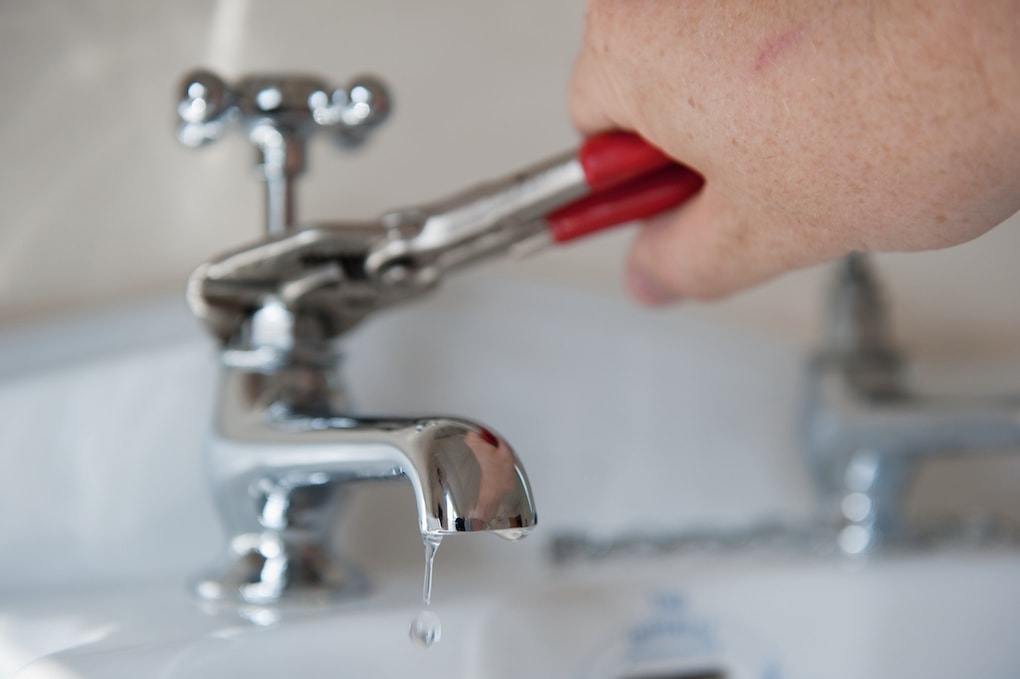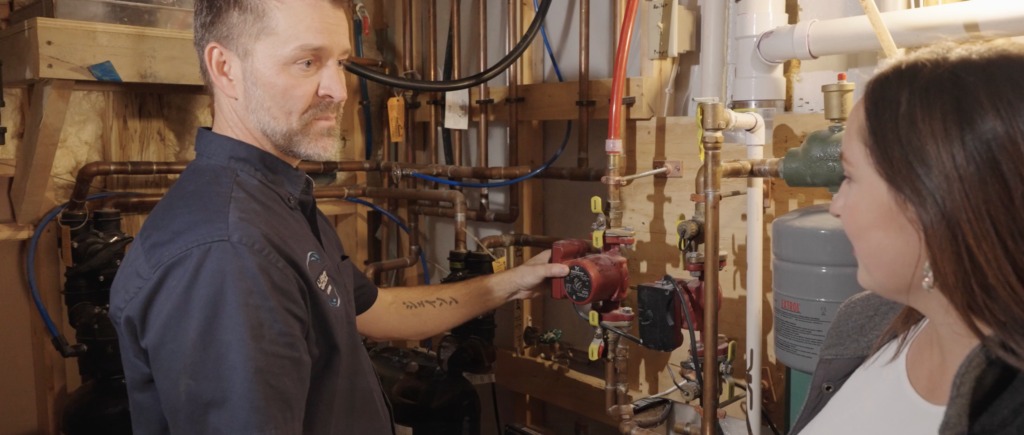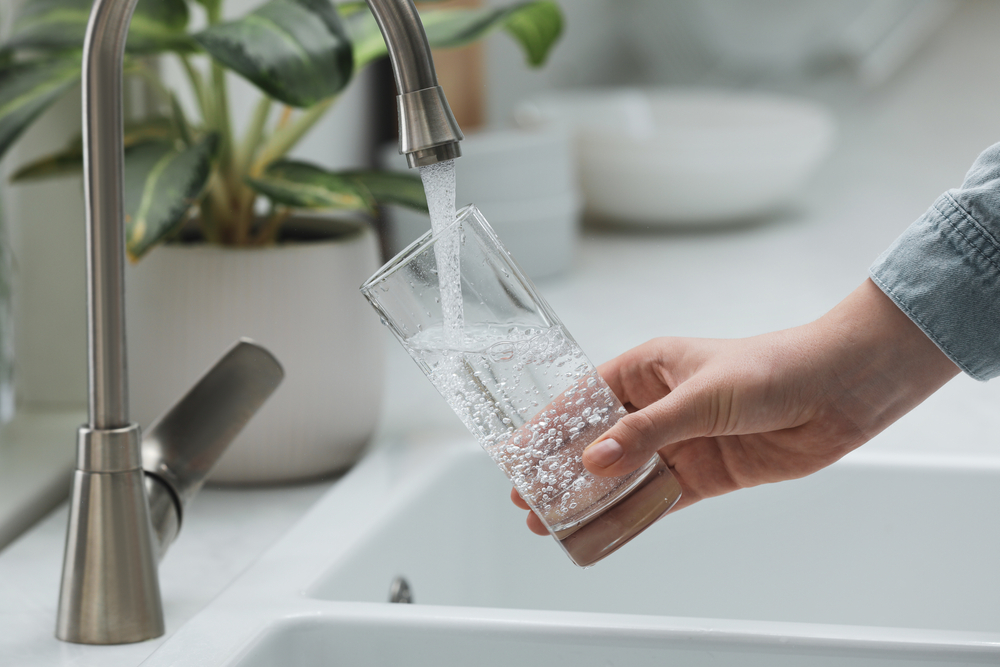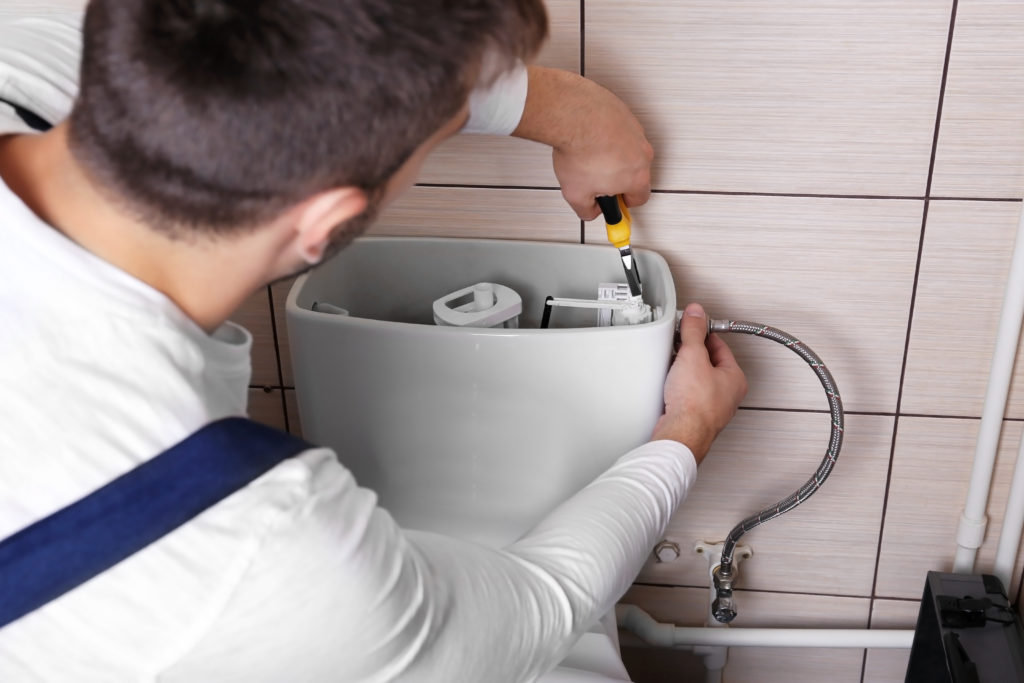There’s nothing worse than hopping into the shower, ready to feel relaxed, but instead, the showerhead is barely dripping water. Trying to wash and rinse your hair without adequate water flow is frustrating, to say the least.
The same thing goes for trying to wash dishes when the water is barely running out of the faucet or dealing with a toilet that takes forever to flush. By this point, you’re ready to tear your hair out.
Thankfully, you may be able to narrow down what is causing low water pressure in your home with this helpful guide. And if you still can’t pinpoint the problem, a trustworthy plumber can help diagnose and fix water pressure issues.
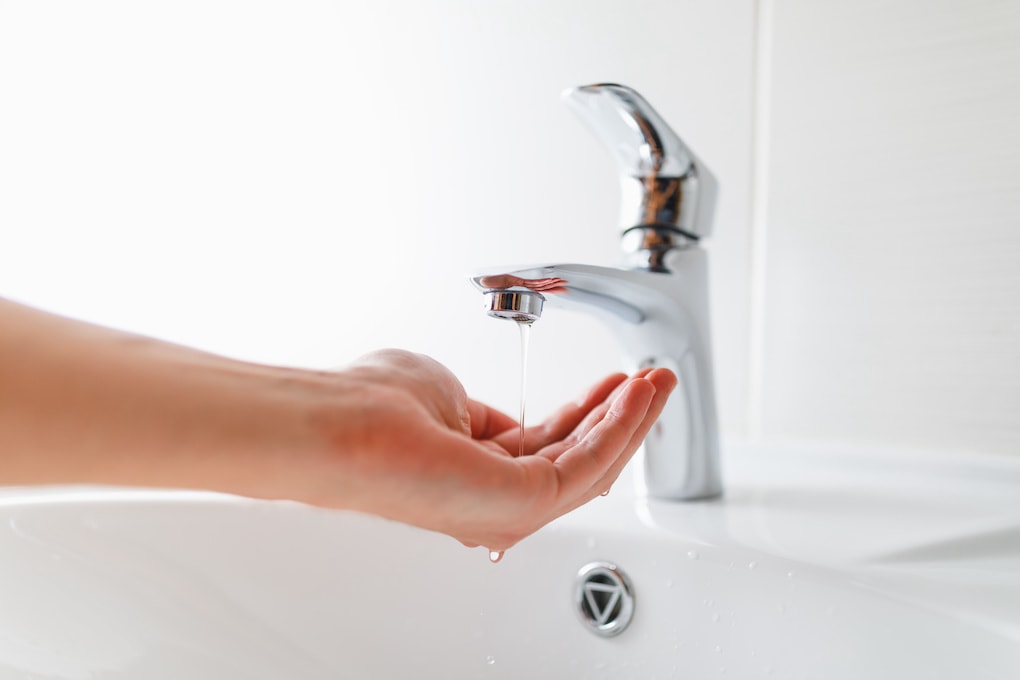
6 Things That Cause Low Water Pressure & Their Solutions
When you experience low water pressure, a few main culprits typically cause the issue. Check to see if your low water pressure is caused by one or more of these six issues by testing out the solution and seeing if it helps.
1) Closed Valves
Almost every home has two water shutoff valves:
- The main shutoff valve, and
- A water meter valve
If one of these values is closed or even partially closed after a repair was done, it can affect your water pressure in one room or in the entire house, depending on the valve. Individual appliances like toilets also have their own water shutoff valves.
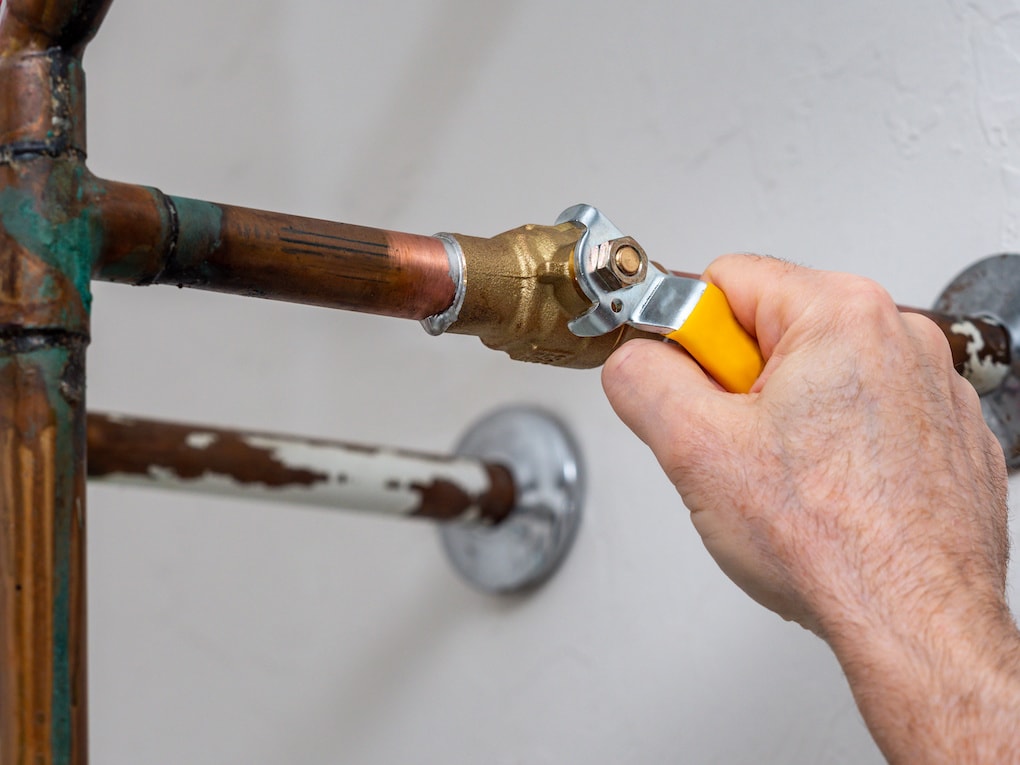
How to Fix Closed Valves
If you recently had repairs done, closed valves are likely your issue. Thankfully, opening up water valves is an easy fix.
You can locate your shutoff valves to see if they are the culprit for your low water pressure. To test the water meter value, locate the water meter. It is usually located in one of the following areas:
- The exterior wall of the house
- Garage
- Basement
- Underground box on the property
You can tell that the water meter value is fully open with the valve handle is parallel to the water pipe.
Also, try the main shutoff valve, typically located on an exterior wall or in utility areas in the home. The main shutoff valve may be one of two types: a gate valve or a ball valve.
- A gate valve looks like a wheel. Fully open it by spinning it counterclockwise.
- A ball valve has a lever like the water meter valve. Make sure the lever is parallel with the pipe to open it.
2) Leaks
Leaking pipes are one of the main causes of low water pressure. Water leaks redirect water flow away from the place you need it. You might be able to clearly identify leaking pipes based on a dripping sound or excess moisture in the area.
Try shutting off all the water taps in your house and record the water meter. If the meter shows increased usage after a couple of hours, it’s safe to assume you have a water leak.
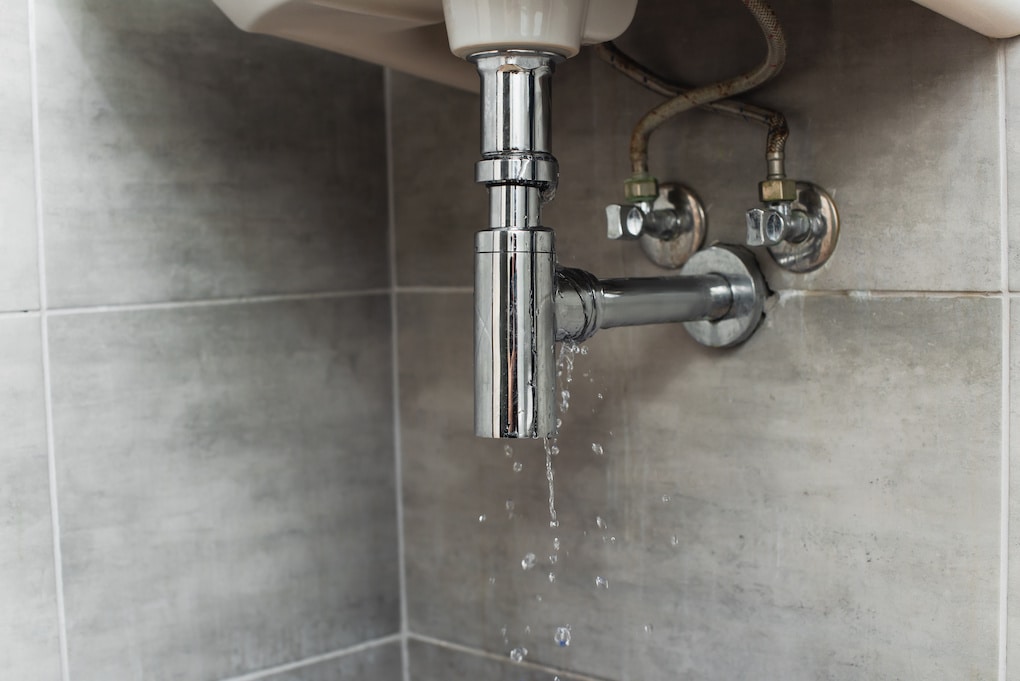
How to Fix Leaky Pipes
If you identify a small leak, you can try to fix it yourself. However, more serious leaks should be handled with the help of an experienced plumber. You may be able to fix minor leaks by:
- Tightening the fittings
- Replacing the rubber washers
- Use plumbers tape
Remember to always turn your water line off before you begin work! Otherwise, you’ll be left with a leaky pipe and a huge mess.
3) Blocked Pipes
The most severe cause of low water pressure is aged steel pipes. Metal pipes typically last for 100 years before they start to rust and break down. That number is high enough to forget about, but if you’ve moved into an older house where the pipes haven’t been replaced in a long time, you may be dealing with corroded pipes.
When steel pipes start to break down, they leave a buildup of debris and minerals. The corrosion occurs on the inside of the pipes, so you typically can’t see any buildup just by looking at the pipes. This buildup gradually blocks water flow and decreases water pressure, so you will not experience a sudden drop in pressure if old pipes are the issue.
How to Clear Buildup in Pipes
If you suspect that old pipes are the issue, you can try flushing mineral buildup with plumbing chemicals. However, it is always best to rely on a professional plumber when dealing with old pipes because if corrosion is the issue, the pipes will need to be replaced promptly.
Corroded pipes can burst and flood your entire home if left alone for too long. Replacing pipes and mending a flooded home is much more costly than simply replacing the pipes at the first sign of wear. Most plumbers choose to repipe homes with new plastic or copper pipes.
4) Broken Pressure Regulator
Poor water pressure can also be related to failing pressure regulators. Pressure regulators are plumbing valves that control the desired pressure of water or gas entering the home. They ensure that the pressure is not too high or too low. If you experience a sudden drop (or spike) in water pressure around your entire house, it’s highly likely that your pressure regulator is faulty.
Fix a Failing Pressure Regulator
You can pinpoint if a broken pressure regulator is your issue by attaching a water pressure gauge to an outdoor water faucet. (The same place you hook up a water hose.)
If the gauge indicates that the water pressure is below the recommended amount of 52 to 75 pounds per square inch, you have a broken pressure regulator on your hands.
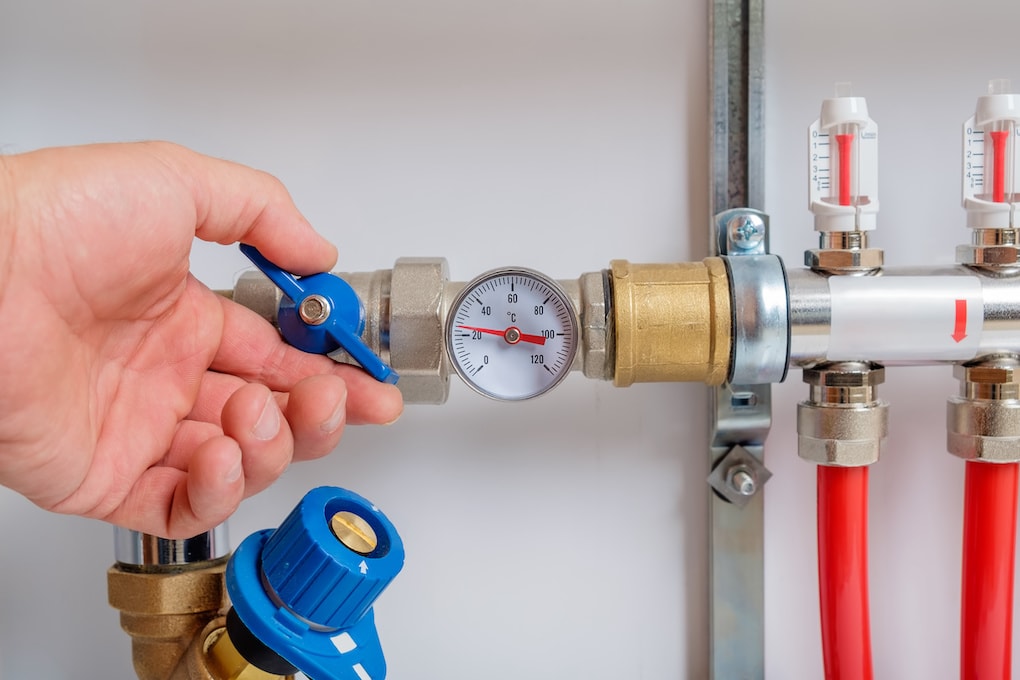
Fixing a pressure regulator is not a DIY project. You will need to call a plumber as soon as possible to shut off the water and replace the pressure regulator with an updated and accurate model.
5) High Water Demand
If you live in a home with many people, or if multiple appliances are constantly running simultaneously, you may run into issues with low water pressure. Low pressure commonly occurs if the shower is running at the same time as the dishwasher or if multiple showers are running at the same time. If the issue only occurs when multiple appliances are in use simultaneously, you may need to coordinate the usage.
Lessen Your Water Demand
Family members and housemates will have to work together to lessen the strain on your water supply. A helpful tip is to run appliances like the washing machine or dishwasher at night when people are sleeping. This ensures that people won’t be showering, cooking, or cleaning at the same time.
- 💰 Bonus: Running water-consumptive appliances at non-peak times may help you save money on utility bills.
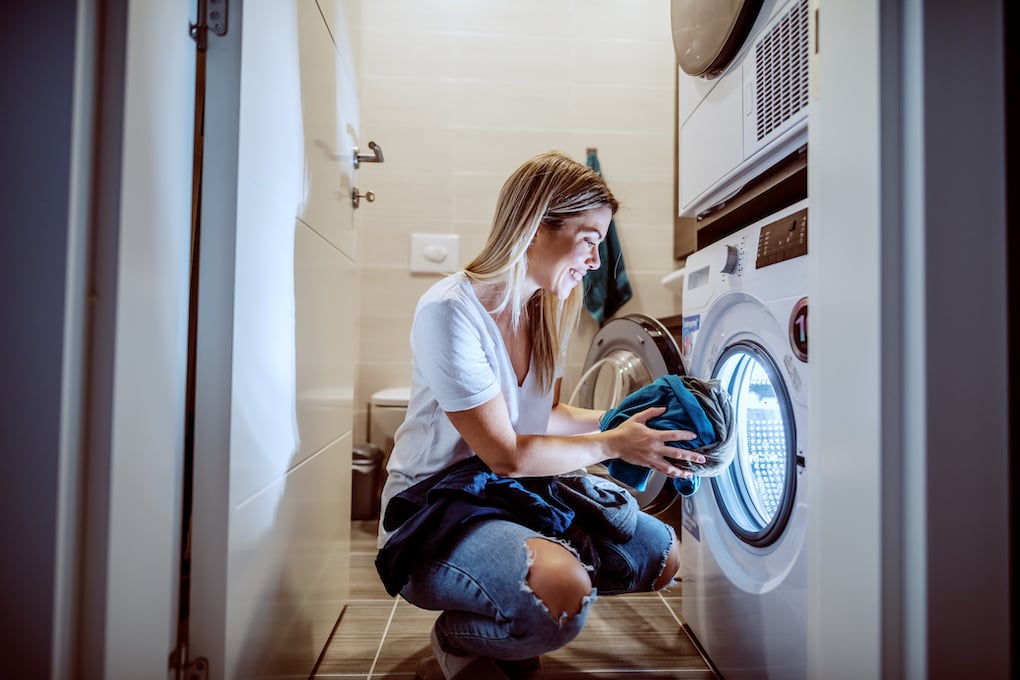
6) Defective Faucets
Sometimes, low water pressure only affects one specific area. If you notice that only the kitchen sink or the upstairs shower experiences low water pressure, it is likely an issue with the faucet or fixture. It may be clogged or simply require a replacement.
If your home has hard water, it can cause buildup from calcium and magnesium that clogs faucets and fixtures. Hard water can even break the fixtures altogether if left unattended for too long.
Fix Clogged Faucets
Usually, clogged faucets need to be cleaned to work properly again. Simply give the faucet or showerhead a scrub with a scrub brush to remove dirt, limescale, and built-up materials. It is good practice to clean your faucet aerators regularly to help avoid clogs from occurring. It is also wise to replace the aerators once a year to keep them working seamlessly.
If hard water is the culprit, the best and most long-term solution is to install a water softener. A water softener will help keep your water pure, filtered, and free of mineral deposit buildup.
Solve the Issue Quickly With a Trusted Plumber
Going around to multiple appliances, valves, and pipes in your home searching for a cause for low water pressure is time-consuming and often confusing. If you don’t find the reason for low pressure right away, you will be dealing with added frustration.
Save the frustration by calling an expert in the first place. A skilled plumber has the foresight and experience to quickly identify the cause of low water pressure and make necessary repairs. Keep all the hair on your head, and contact AJ Alberts Plumbing at the first sign of low water pressure.

